Yoga Articles
Contents:
1. Sthira and Sukha with Vinyasa Krama
2. Pranayama
Sthira and Sukha with Vinyasa Krama
I’ve often been asked what the difference is between Pilates and Yoga. It’s true that, physically, there are many similarities but for me, the main difference is in the ancient traditions of philosophy in yoga, which continues to resonate with our modern yoga practice and life. The main reference text is Patanjali’s Yoga Sutra. Compiled, it is thought, around 1700 years ago, the concepts having existed for many years before in various ancient traditions. It is widely believed that Patanjali brought all the information together, so compiled the Yoga Sutra rather than wrote it.
The qualities of ‘Sthira’ and ‘Sukha’ are referred to in this book. Sthira being the effort and steadiness needed in a posture and Sukha a softness and comfort. This is not always easy to achieve in our practice, we can tend to tighten up trying to reach or hold a position that we feel we should be able to attain and it can be anything but comfortable! Patanjali would say this is not yoga. Another phrase referred to is Vinyasa Krama and this gives us a solution to the problem, i.e. small steps in the right direction.
In his book, ‘The Heart of Yoga’, T K V Desikachar says:
‘In order to attain sthira and sukha, … When we practice asanas (postures) there is a starting point where we begin, just the same as for anything else in life. The starting point for this practice is the condition of our entire being at that present moment. It therefore helps to know as much as possible about our whole constitution so that we can advance step by step, developing our practice in accordance with our abilities. …… this is referred to as vinyasa krama. Krama is the step, nyasa means ‘to place’ and the prefix vi translates as ‘in a special way’. The concept of vinyasa krama tells us that it is not enough to simply take a step; that step needs to take us in the right direction and be made in the right way.’
Sue Grierson, January 2017
Pranayama
There are numerous techniques to practice pranayama (conscious breathing). We have been working with the 3-part yogic breath and extending the exhalation. By extending the exhalation we begin to ensure the lungs are emptied completely which leaves plenty of room for new, clean air to enter giving more oxygen to all the cells in our body. We have touched on ujaayi breathing by which we restrict the back of the throat to slow down the passage of air.
We have now begun to explore Nadi Sodhana (alternate nostril breathing). This has the effect of lengthening both the inhalation and the exhalation and provides a good focus for the mind which in turn is very calming. The nadis are energy channels in the yoga texts and this practice is said to bring balance to both sides of the brain through these channels.
A regular pranayama practice is very beneficial to give the mind a rest. It allows the parasympathetic nervous system to activate which lowers blood pressure, reduces the heart rate and quietens the sympathetic nervous system (the fight or flight response).
It is useful to practice a set number of rounds so that we don't need to worry about the time. To do this we can use our left hand and move the tip of the thumb to each finger joint in turn, starting at the base of the index finger. Continue to the tip of the index finger (3 counted) go across the tops of the fingers to the top of the little finger (6 counted) count 2 down to the base of the little finger, 2 acrosst the bottom of the ring and middle fingers and finally up to the middle join in the middle finger and across to the middle joint of the ring finger This gives us twelve rounds or we can stop at the top of the little finger for 6 rounds. It sounds complicated but try it - you'll see you go around the joints in a spiral.
Sue Grierson, March 2017
